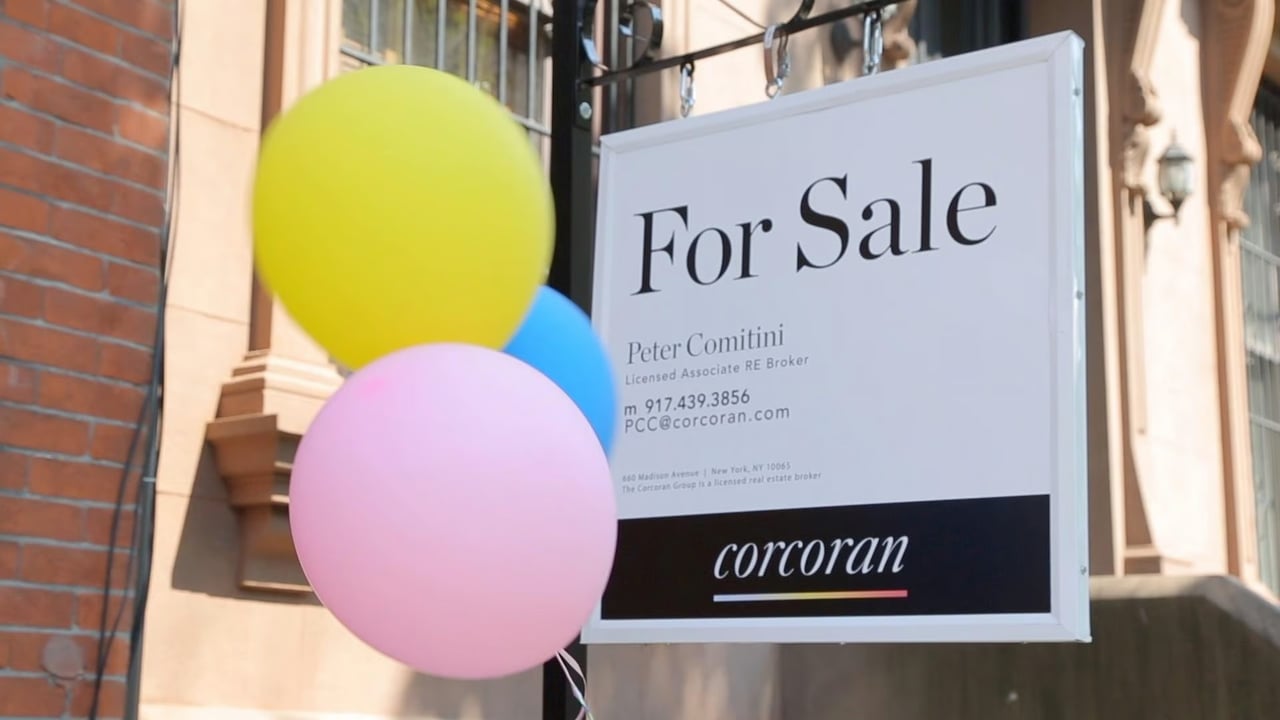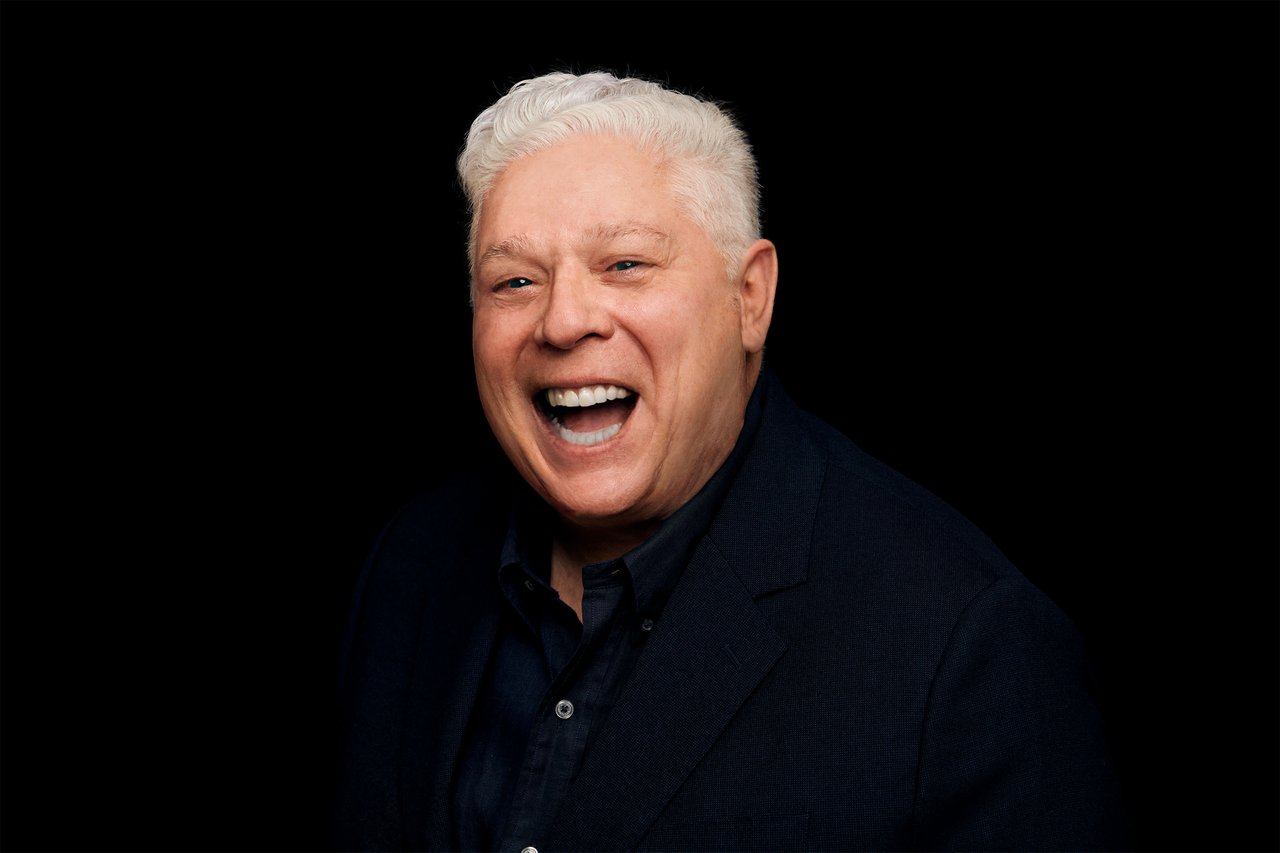19,698 people live in Williamsburg, where the median age is 41 and the average individual income is $216,472. Data provided by the U.S. Census Bureau.
Total Population
Median Age
Population Density Population Density This is the number of people per square mile in a neighborhood.
Average individual Income
Just over the Williamsburg Bridge, this is the so-called “hipster” Brooklyn that comes to mind first for many today. Williamsburg is one of the centers of gravity for the city’s creative community, with art galleries, studios, music venues, clubs, artisanal food, and a culinary scene that’s often set in a sophisticated, repurposed, industrial landscape. It is a destination dining scene with modern restaurants like Marlow and Sons, Lillia, Birds of a Feather, and Michelin-starred Francie as examples. These live side-by-side with old-school establishments like Brooklyn's first Italian-American restaurant Bamonte’s; or a favorite of New York City politicians and power players, the German-style steakhouse Peter Luger where a table has been hard to get since 1887. Along with many ethnic shops and bakeries, its heritage as a melting pot is still quite evident in ethnic enclaves that thrive throughout the area.
Property values here have risen sharply and attracted interest from real estate developers since the beginning of the new millennium when rebuilding was catalyzed by NYC zoning changes and tax abatements with ground-up new housing and the adaptive reuse of its decaying warehouses and factories. Modern, high-rise homes on the waterfront have transformed the skyline. The Edge, the Northside Piers towers, and Schaeffer’s Landing are a few of these that offer homebuyers stunning views of Manhattan, luxury amenities, and a cosmopolitan lifestyle. The Domino Park public green space was created on the old industrial waterfront surrounding the former Domino Sugar refinery, a landmark that has been stunningly reimagined into creative office space by architect Morris Adjmi. The Fillmore Place Historic District is Williamsburg’s only area preserved by New York City landmark status. Consisting of just 29 houses and with a handful of other designated individual landmarks scattered throughout the neighborhood, the area is largely unrestricted by historic status to new development. Modern Williamsburg evolved in a familiar pattern of creative communities leading to urban renewal and rebuilding.
During the Dutch colonial period, the land was purchased from the Canarsie Indians and chartered by colonial Governor Peter Stuyvesant in 1660 who gave it the name of Boswyck, roughly translating to ‘refuge in the woods’. It grew into an independent city, later annexed by the City of Brooklyn in 1855, which was subsumed into the City of New York in 1898. Starting in the 1830s, businessmen began to establish new industrial firms, built elaborate mansions, and settled here. They included Pfizer Pharmaceuticals, Domino Sugar, Astro Oil which became Standard Oil after John Rockefeller bought it, Brooklyn Flint Glass which became Corning, breweries for Schaffer, Rheingold, and Schlitz beers were all founded here. The area was also a fashionable resort area catering to the wealthy with the Vanderbilts and Whitneys among the well-known, multi-millionaire patrons.
The 1903 opening of the Williamsburg Bridge brought rapid urbanization and a new wave of mostly poor immigrants overflowing from Manhattan’s Lower East Side, The fancy resorts yielded ground to factories and the working Brooklyn waterfront. By 1920, the population of the area had doubled and was one of the most densely populated in the city. It continued to grow through the 1960s when American manufacturing started moving offshore. Over the next 30 years, almost 90% of the manufacturing jobs in the area were gone and a steady economic decline followed, taking rents and property values with it. It started turning around in the 1990s when cheap rents and huge vacant factory lofts increasingly began to catch the attention of artists, musicians, writers, and other members of the creative community who were being priced out of Soho and Tribeca in Manhattan. They began to move in, radiating out from the area surrounding the Bedford Avenue L-train station; the first stop from Manhattan. This influx of residents continues, spreading eastward along the L-train route into East Williamsburg and Bushwick.
Geographically, greater Williamsburg is a very large area that includes several local sub-sections that you may see quoted in real estate listings. These include the Southside or South Williamsburg, Northside or North Williamsburg, the Broadway Triangle, and East Williamsburg. It is bounded by the East River on the west, and the neighborhoods of Greenpoint to the north; Bedford–Stuyvesant to the south; with Bushwick and Ridgewood Queens to the east.
Williamsburg has 8,819 households, with an average household size of 2. Data provided by the U.S. Census Bureau. Here’s what the people living in Williamsburg do for work — and how long it takes them to get there. Data provided by the U.S. Census Bureau. 19,698 people call Williamsburg home. The population density is 64,836.325 and the largest age group is Data provided by the U.S. Census Bureau.
Total Population
Population Density Population Density This is the number of people per square mile in a neighborhood.
Median Age
Men vs Women
Population by Age Group
0-9 Years
10-17 Years
18-24 Years
25-64 Years
65-74 Years
75+ Years
Education Level
Total Households
Average Household Size
Average individual Income
Households with Children
With Children:
Without Children:
Marital Status
Blue vs White Collar Workers
Blue Collar:
White Collar:
A buyer's first impression is made within seconds, whether viewing your home online or stepping through the door. These moments shape how they perceive its value. We curate the entire experience to make your home stand out, increasing its appeal and helping it sell faster and for a higher price.


Whether you're a first-time buyer or trading multimillion-dollar properties, we want to be your partner in fulfilling the promise of home. We bring deep expertise about neighborhoods, values, and market dynamics to help inform your decisions. It's a privilege to take that journey with you. See our Buyer’s Guide about some of the basics.

"For two decades, I've guided clients through the ins and outs of NYC real estate by offering boutique service, customized marketing, and the expertise to get your deal done. Learn more by exploring my site and book a call below"
—Peter Comitini
"For two decades, I've guided clients through the ins and outs of NYC real estate by offering boutique service, customized marketing, and the expertise to get your deal done. Learn more by exploring my site and book a call below to begin your journey"
—Peter Comitini